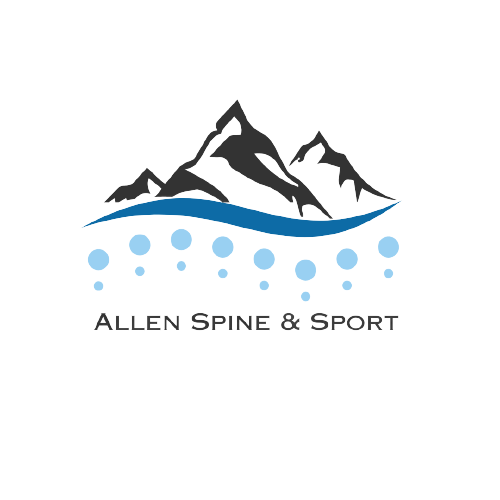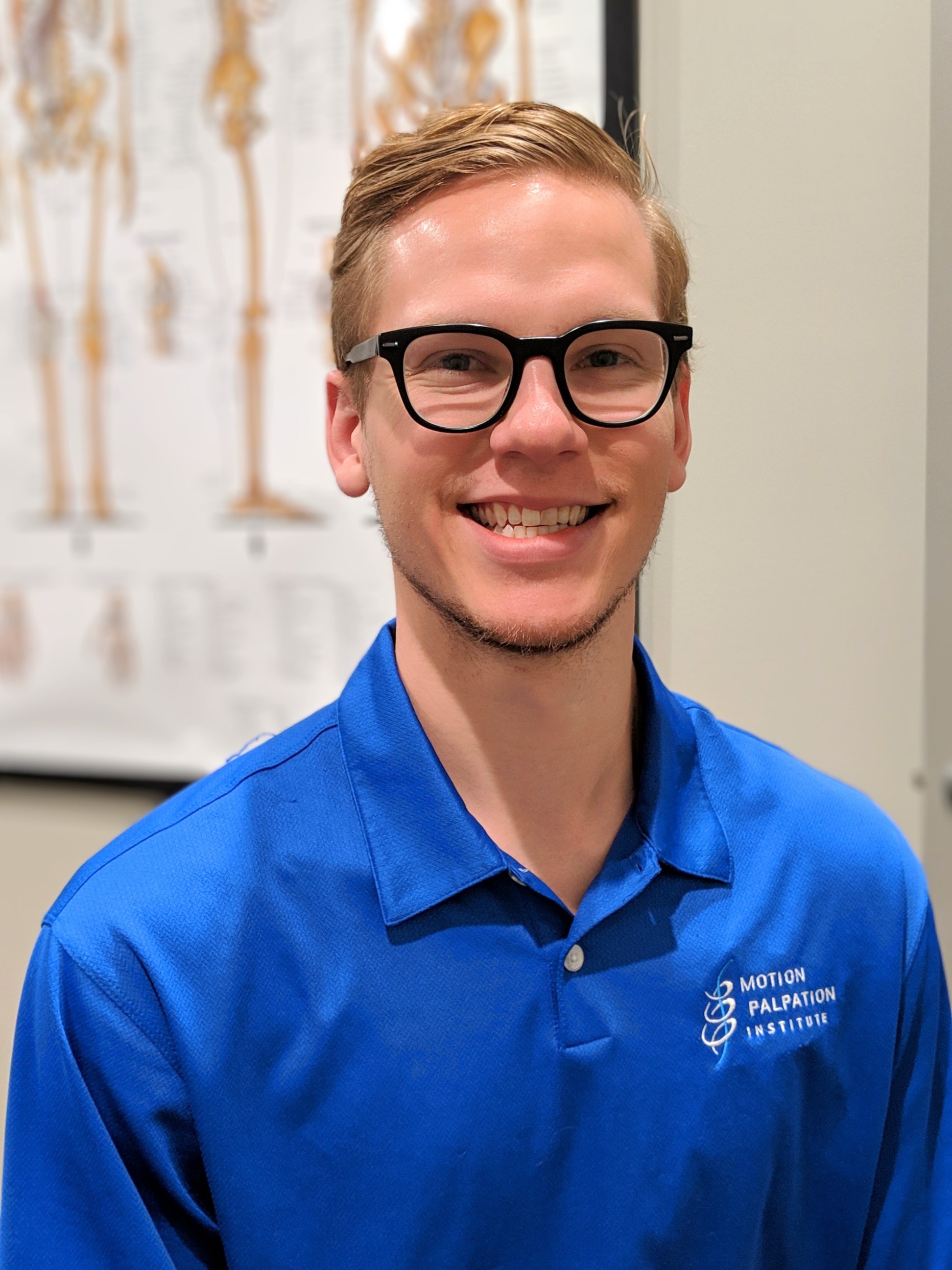Extremity Joint Manipulation Provided by Chiropractors
Another advanced treatment offered by the chiropractors at Allen Spine and Sport is extremity adjusting. Extremities consist of the joints of the foot and ankle, knee, hip, shoulder, elbow, wrist and hand. The concept is very similar to spinal adjusting, and the goal is to restore motion to every joint that we palpate as being restricted or fixated (lacking motion). Its just as important to have freely moving joints in your extremities as it is in your vertebral column. When your joints have good motion, your brain is able to interpret where they are in time and space, and the control of movement becomes much more refined. In addition, when joints are fixated, the muscles around those joints and elsewhere have to work extra hard and will often become tight and painful. Common causes of extremity joint restriction include trauma, joint instability or lack of movement control, and muscle tightness.
Specific to the foot and ankle, the stress of athletic activities and even just walking around all day can contribute to dysfunction in the joints and muscles around those joints. Although anyone with reduced joint motion is better off getting adjusted, some of the more common types of people that get joint restrictions in their feet and ankles include people who are on their feet for the majority of the day, people with other injuries or compensations in their knees, hips and back, and athletes such as runners, soccer, basketball, football and volleyball players.
The hip has similar mechanisms of restriction or injury as the foot and ankle, but is much more closely associated with the lower back. Proper motion in the hips is a prerequisite for a good functioning and stable low back and vice versa. Hip extension and inward rotation are the most important and also most commonly restricted motions of the hip complex. Common causes of joint fixation include the same causes as the foot and ankle with a larger emphasis on dysfunction or injury in the low back such as a disc herniation or lumbar spinal stenosis.
Shoulder pain is the #3 most common complaint coming in to the chiropractor, behind low back and neck pain. Extension and inward rotation are the most common fixation of the shoulder (similar to the hip). Even though we don’t bear weight on our arms as much as our legs, certain movements and activities can predispose the shoulder to joint fixation. This includes things like overhead movements, lifting, excessive pushing movements and sports such as baseball, football, volleyball and any other throwing sport. In addition, sleeping in a bad position can also lead to joint fixations in the shoulder complex.
The elbow, wrist and hand work together from a function standpoint and can commonly become restricted or have muscular dysfunction together. Both the elbow and wrist often have restricted extension or backwards bending. However, we will always palpate the motion of joints to identify which direction is fixated. Some common causes of dysfunction of the elbow and wrist include an injury somewhere else such as the shoulder, neck or upper back, a traumatic fall on an outstretched hand (FOOSH) or scapular dyskinesis, among other things. Throwing athletes will also often need attention paid to their elbow and wrist.
In summary, we can adjust and treat much more than just the spine and spinal complaints. We address the whole body from a bio-mechanical standpoint, including the joints of the extremities. Adjustments to these regions are similar to spinal adjustments and consists of a high-velocity, low-amplitude thrust. The combination of spinal and extremity adjusting with manual muscle therapies and rehabilitative exercises, among other treatments available at Allen Spine and Sport is very effective for many musculoskeletal conditions and complaints. We would love to help you be a better you!
Dr. Forrest Allen is a sports chiropractor and co-owner at Allen Spine and Sport. He has a passion for integrating spinal and extremity joint manipulation, manual therapies like dry needling, fascial manipulation, etc., and rehabilitative exercises founded in Dynamic Neuromuscular Stabilization (DNS). Visit our website and give our office a call!


